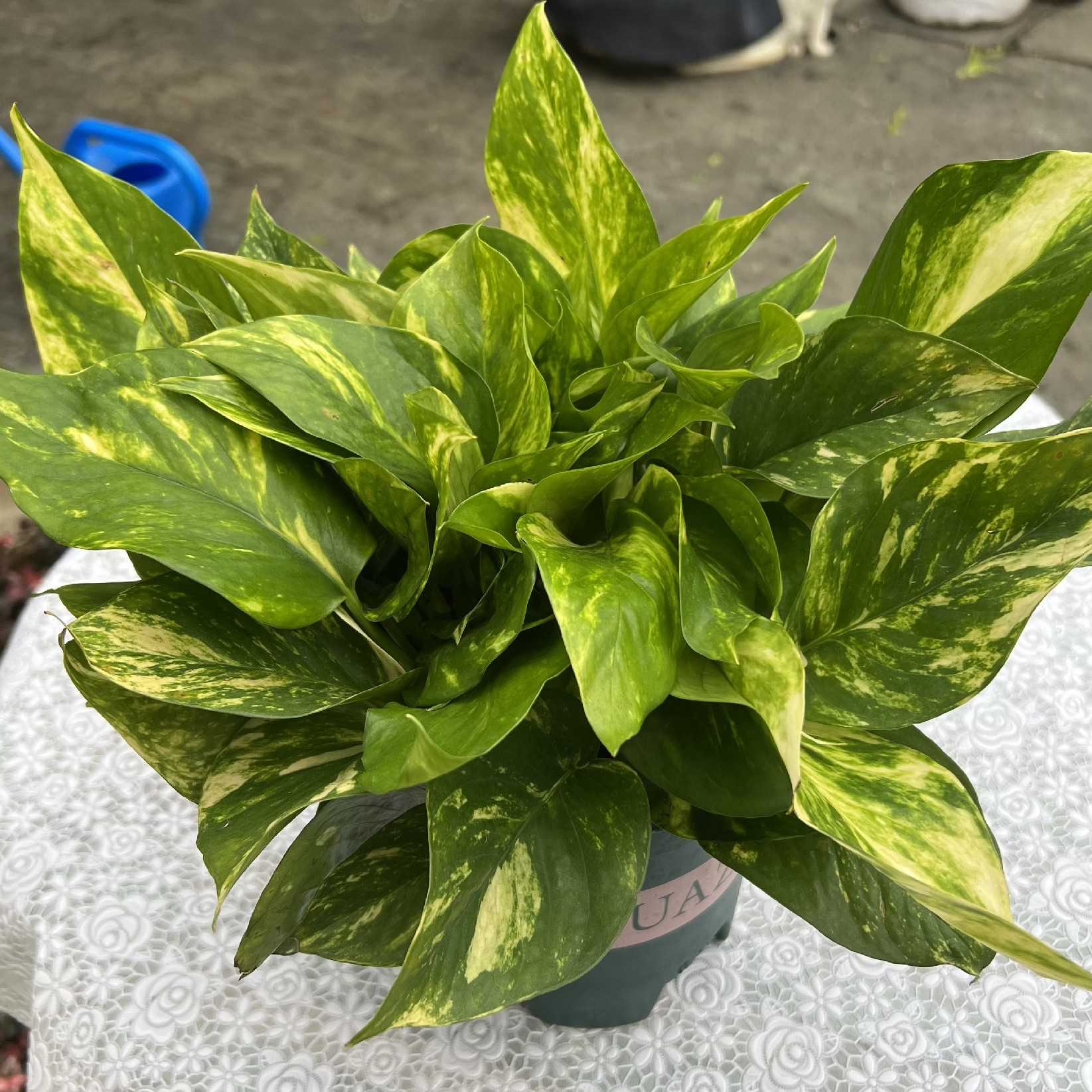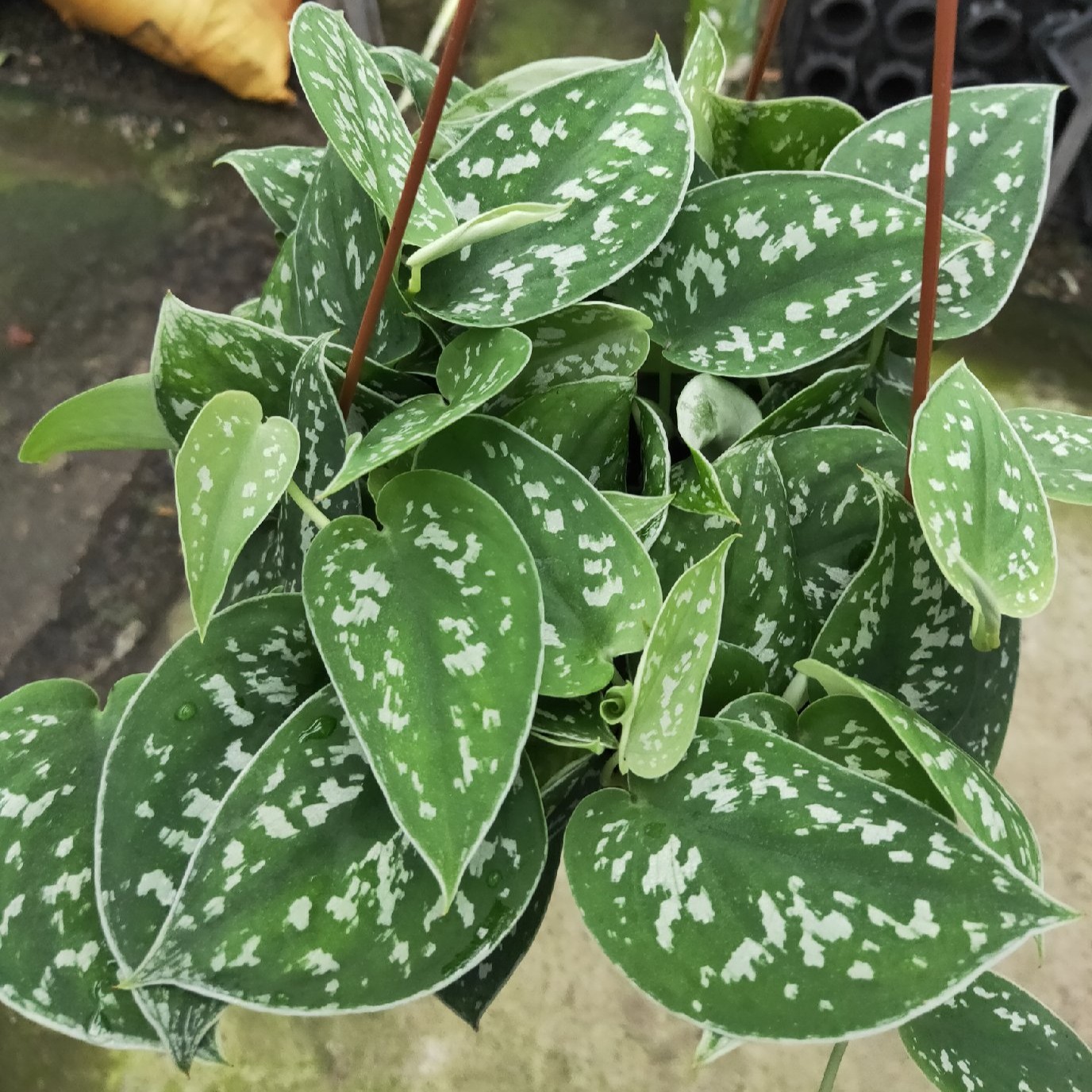Rare Scindapsus Varieties – Care Guide & Growing Tips
Author: Min Hui Plants 〡 Aug 11, 2025 〡 1074
1074Scindapsus plants, from the classic Scindapsus pictus plant to rare treasures like Scindapsus platinum, Scindapsus blue albo, and Scindapsus lucens, have become a favorite among collectors. Their satin-like leaves, silver variegation, and elegant growth habits make them a stunning addition to any indoor space. But how do you keep these rare Scindapsus varieties healthy? This guide covers everything from light and watering to specific care tips for rare Scindapsus varieties like Scindapsus sterling, Scindapsus mariposa, and Scindapsus mayari albo.
Understanding Scindapsus Types
There are many types of Scindapsus, including Scindapsus argyraeus, Scindapsus exotica variegated, Scindapsus jade satin albo, and Scindapsus silver princess. Some, like Scindapsus army or Scindapsus borneo, are harder to find and command high prices. Others, such as exotica pothos or satin pothos vs Scindapsus types, are more common but still require attentive care.
Light Requirements
Most Scindapsus plants prefer bright, indirect light. Variegated Scindapsus, including Scindapsus variegated and platinum Scindapsus, need slightly more light to maintain their patterns. Avoid direct sunlight, which can scorch delicate foliage.
Watering & Humidity
Allow the top 2–3 cm of soil to dry before watering. Rare types like Scindapsus halimoon, Scindapsus matcha, and Scindapsus so silver are especially sensitive to overwatering. Maintain humidity around 60–80%, which benefits velvet-textured varieties such as silver hero Scindapsus and Scindapsus dark satin.
Soil & Potting Mix
A well-draining mix is key. Combine coco coir, perlite, and orchid bark for healthy root development. This works for all Scindapsus types, from Scindapsus lucens to Scindapsus peasun. Avoid compact soils, which can cause root rot.
Temperature Range
Keep your plant Scindapsus between 65–80°F (18–27°C). Avoid cold drafts and sudden temperature changes, which can stress varieties like Scindapsus mangurai and Scindapsus sterling.
Fertilizing Tips
Feed every 4–6 weeks during active growth. Rare Scindapsus varieties such as Scindapsus platinum java, silver cloud Scindapsus, and Scindapsus mayari respond well to balanced liquid fertilizer diluted to half strength.
Pests & Prevention
Check for mealybugs, spider mites, and thrips, especially on high-value plants like Scindapsus jade, Scindapsus rubicon, and Scindapsus lakambini. Clean leaves monthly with a damp cloth to prevent dust buildup.
Scindapsus vs Pothos – What’s the Difference?
While they look similar, Scindapsus (including Scindapsus argyraeus and Scindapsus sterling) typically have thicker leaves with a satin finish, whereas pothos have shinier leaves and a faster growth rate.
Final Care Note
Whether you’re growing Scindapsus for sale as a wholesaler or collecting rare Scindapsus varieties for your personal jungle, consistent care is the key to vibrant growth. Min Hui Plants provides healthy, tissue-cultured Scindapsus plants—including variegated Scindapsus and rare imports—ensuring strong shipping performance and uniform quality for global buyers.
